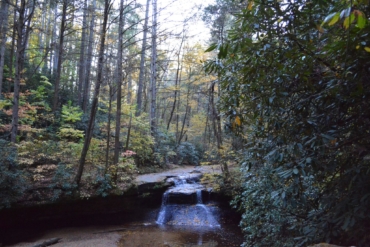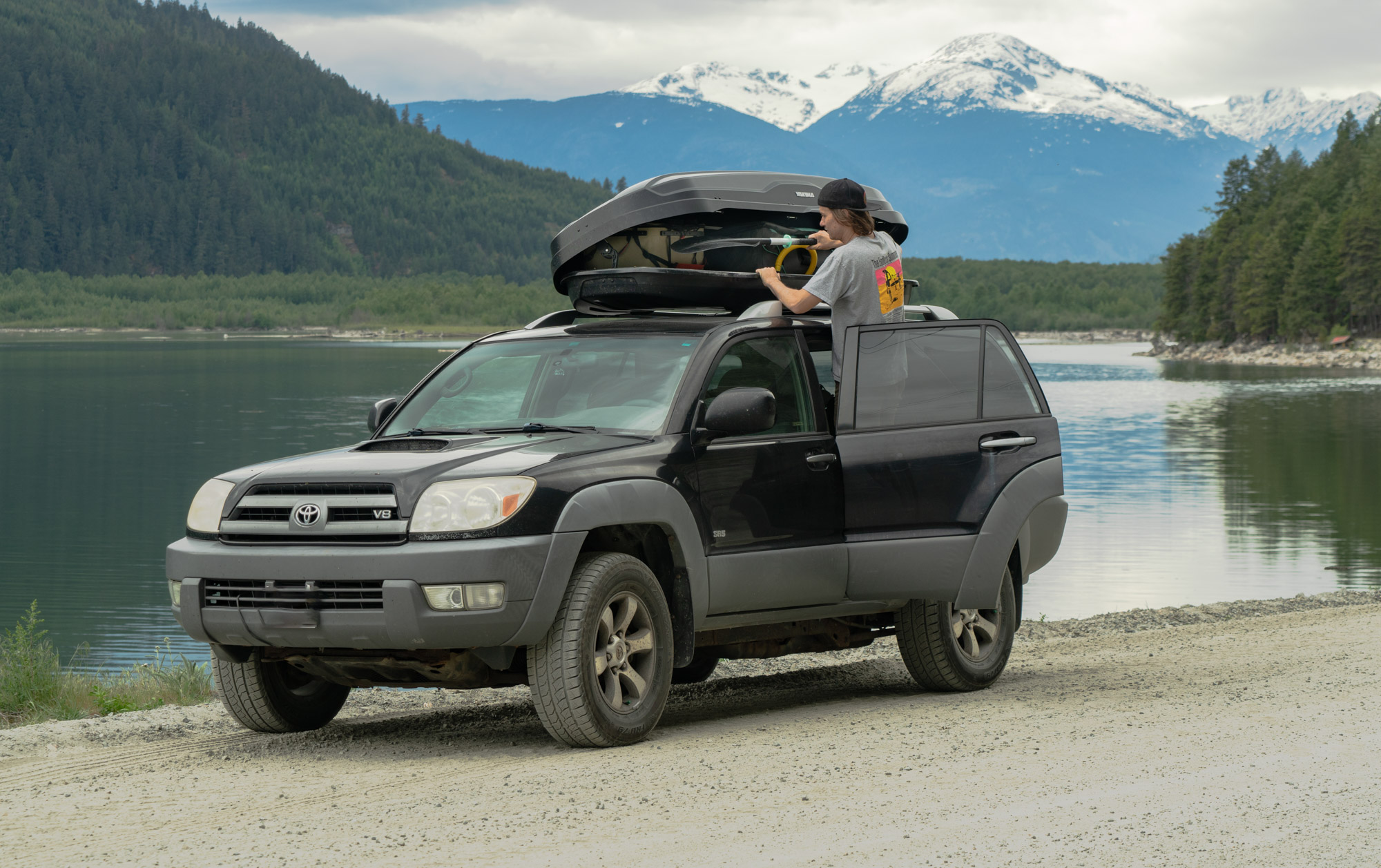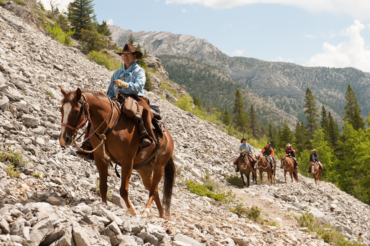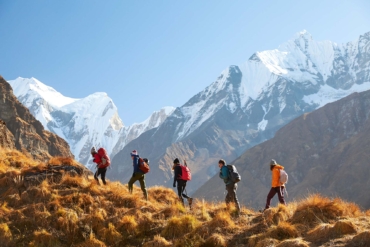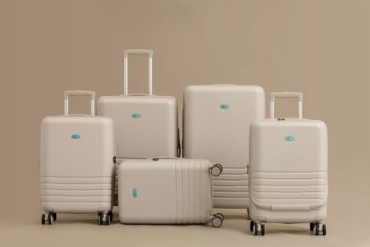Tourism shuts down in parts of Montana as extremely hazardous flooding conditions continue across the state.
Reports of flooding across the state continue to develop, most recently in Park County and at the northern gate of Yellowstone National Park. All inbound traffic to Yellowstone is closed.
Over the past 2 days, a meteorological phenomenon called an “atmospheric river” brought 200-300% of Montana’s normal amount of moisture. Combined with a heavy snowpack above normal, snow melt and rains are pushing rivers and streams to record volumes.
The timing aligns with high-traffic tourism in the state, with many recreators traveling, camping, backpacking, and RV-ing in these areas.
It is an extremely hazardous situation, and it continues to develop. Read on for current closures and check with local authorities if you’re traveling in or prior to heading to any of these areas.
Yellowstone Closes North End of Park, Evacuates Tourists

All inbound entrances are currently closed in Yellowstone National Park.
Tourists are currently being evacuated from the northern part of Yellowstone, where mudslides and flooding continue to take out roadways and bridges.
“Preliminary assessments show multiple sections of road in the park have been washed out between Gardiner and Cooke City, Montana, and multiple bridges may be affected,” reads the current Yellowstone National Park website.
The following roads are temporarily closed:
- North Entrance (Gardiner, Montana) to Mammoth Hot Springs
- Mammoth Hot Springs to Tower-Roosevelt
- Tower-Roosevelt to the Northeast Entrance
- Mammoth Hot Springs to Norris Junction
- Canyon Junction to Tower-Roosevelt
Montana Town & Road Closures Near Yellowstone
In addition to park closures, the towns of Gardiner, Cooke City, Silver Gate, and Red Lodge are inaccessible due to washed-out bridges, mudslides, and unprecedented flooding on roads. The towns of Nye, Fishtail, and Absarokee are also experiencing flooding along the Stillwater River.
Water mains are down in Red Lodge, with no expectation of when potable water will again be available. Red Cross evacuation shelters are open, and mandatory evacuations are in place for low-lying areas that are prone to flooding.
Highway 89 is closed at Yankee Jim Canyon due to 3 feet of water on the road. The Carbella Bridge at Tom Miner Basin washed out, and multiple bridges along Highway 89 between Livingston and Gardiner are under duress and inaccessible.
The Park County Sheriff issued the following statement:
“Use extreme caution around waterways. Water can continue to rise rapidly after the rain has stopped. Water on roadways is dangerous. Do not drive through moving water. We are out trying to do all we can to help keep everyone as safe as possible. Please be safe out there.”
Flood, Storm Warnings Remain in Effect Across Montana
Minor flooding continues to occur across the state, with the Gallatin, Bitterroot, Flathead, West Glacier, and Clark Fork Rivers under warnings at the moment.
Additionally, winter storm warnings are in effect in West Glacier, the northern Rocky Mountain Front, and Potomac/Seeley Lake, with 6 inches of snowfall possible in higher elevations.
Flash flood warnings for smaller streams and rivers are in effect across the state, and parts of Wyoming are under flood warnings as well.
How to Keep Safe on Flooded Roadways
Travelers should seek alternate plans and consider rerouting trips if possible. The National Weather Service recommends the following measures when it comes to flooded roads:
- Do not walk through moving water. Six inches of moving water can make you fall. If you have to walk in water, walk where the water is not moving. Use a stick to check the firmness of the ground in front of you.
- Do not drive into flooded areas. If floodwaters rise around your car, abandon the car and move to higher ground if you can do so safely. You and the vehicle can be quickly swept away.
- Six inches of water will reach the bottom of most passenger cars, causing loss of control and possible stalling.
- A foot of water will float many vehicles.
- Two feet of rushing water can carry away most vehicles, including sport utility vehicles (SUVs) and pickups.



